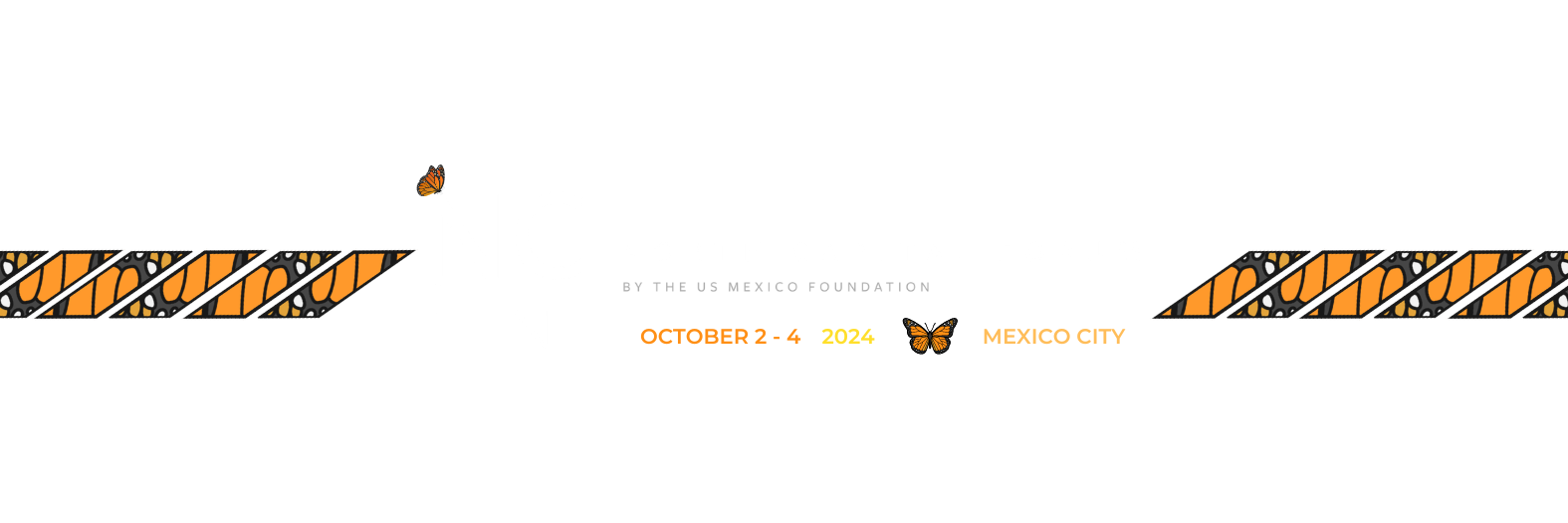

Partnerships for Prosperity: Financial Inclusion in Mexico
By Sara H. Van Velkinburgh, NCF24 Fellow; Corporate Development Lead , Aviva
Numerous studies have found that providing access to essential financial tools can be a secret weapon for unlocking productive growth in developing economies. However, in Mexico, despite significant investments in government initiatives and startups targeting this untapped market, financial inclusion has remained stagnant: as of 2021, only 21% of the adult population had a formal credit. This not only hampers individual economic resilience and opportunities for advancement but also impacts the broader economy. Given that 46 million Mexicans earn less than 7,000 pesos per month (roughly 425 dollars), improving financial inclusion could have a transformative effect on the nation's economy.
The North American relationship could be instrumental in addressing this challenge. As a first step, a better understanding of the obstacles to financial inclusion is essential. According to INEGI, 94.6% of people with phones use a smartphone. However, fully digital approaches fail to consider that the majority of smartphone users only use their device for messaging, social media, listening to music, or watching videos, a far cry from the tool for personal advancement that many claim it to be.
This oversight underscores a broader issue: the inadequacy of current metrics for measuring financial inclusion, which often focus on checking account ownership and bank branches. To effectively address the multifaceted barriers to financial inclusion ー which include cultural, physical, and systemic challenges ー a more comprehensive indicator encompassing financial access, use of financial services, and financial well-being is necessary. The trilateral partnership can help by facilitating a greater exchange of information between financial inclusion experts to determine a way to holistically measure both financial inclusion and barriers in Mexico.
Around the world, many initiatives and companies have tried to expand financial services. While a few cases gained wide recognition (UPI in India and Pix in Brazil), the lessons learned from unsuccessful efforts have fallen into oblivion. Compiling and analyzing both successful and unsuccessful financial inclusion strategies from both Mexico and countries with similar demographics outside of Latin America, could provide valuable insights and guide future initiatives.
Additionally, as venture capital investment in Latin America and fintech has fallen from its 2021 hype, the role of international partners has become even more important. The U.S. International Development Finance Corporation (DFC) previously made significant investments in microfinance institutions in Mexico, providing a loan of 11 million dollars to the Consejo de Asistencia al Miroemprendedor (CAME, in Spanish), the largest microfinance institution in Mexico, alongside the Inter-American Development Bank and Citibanamex, underscoring the potential for impactful collaboration among government institutions and the private sector. North American development institutions could work together to help continue to channel funding to this issue, in the absence of private sector funding.
Finally, while the greatest opportunity to increase financial inclusion may be in Mexico, the substantial remittances sent from Mexican immigrants in the U.S. and Canada, highlights the region’s economic interdependence. In 2023, the 10 million Mexican immigrants who reside in the United States sent over 60 billion dollars to their loved ones across the border. Similarly, remittances from Canada have been steadily increasing, reaching 293 million dollars in 2023. As long as financial inclusion remains stagnant in Mexico, remittances will continue to be a lifeline for millions who are unable to access additional forms of financial support.
Overall, achieving financial inclusion in Mexico requires a concerted, trilateral effort that goes beyond technology-focused solutions to address the complex, underlying causes of financial exclusion. By fostering a comprehensive exchange of knowledge, Mexico and its partners can develop and implement strategies that not only improve financial inclusion, but also strengthen economic resilience across North America. The success of such endeavors, whether private or public, depends on our collective ability to learn from past initiatives, adapt to the unique challenges of the Mexican context, and ability to execute.
The content of this article is the exclusive property of the North Capital Forum. The author of the article retains full responsibility for the text. Any unauthorized reproduction, distribution, or use of the content without prior permission from the North Capital Forum or the author is strictly prohibited. If you wish to reference or quote from this article, please ensure proper attribution and use direct quotes.




